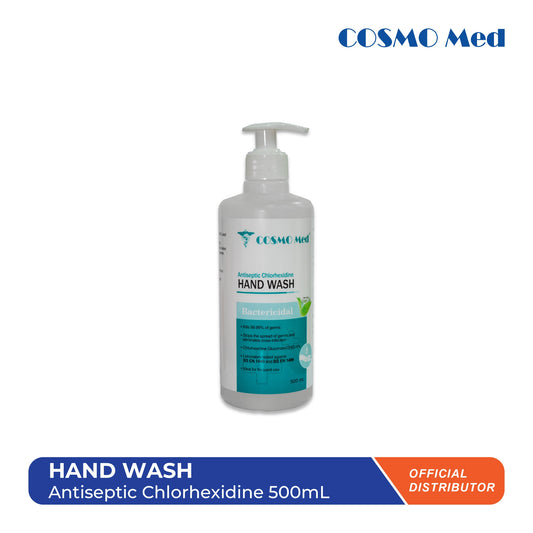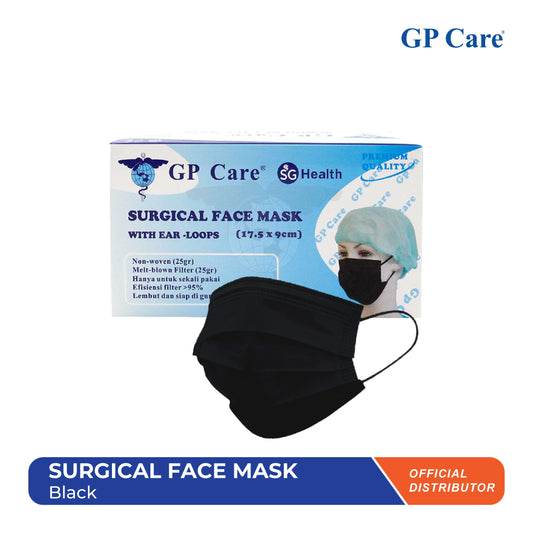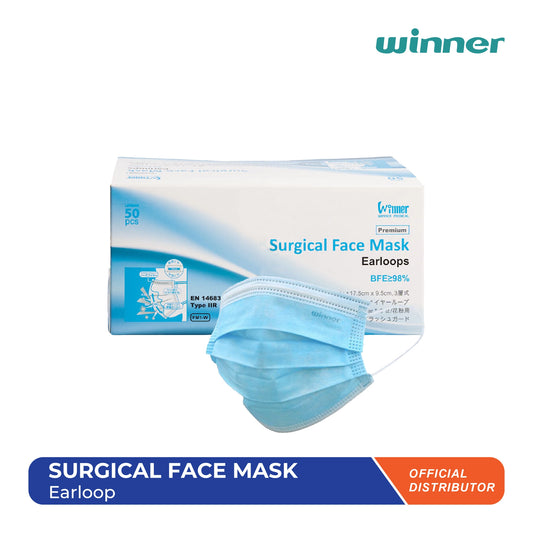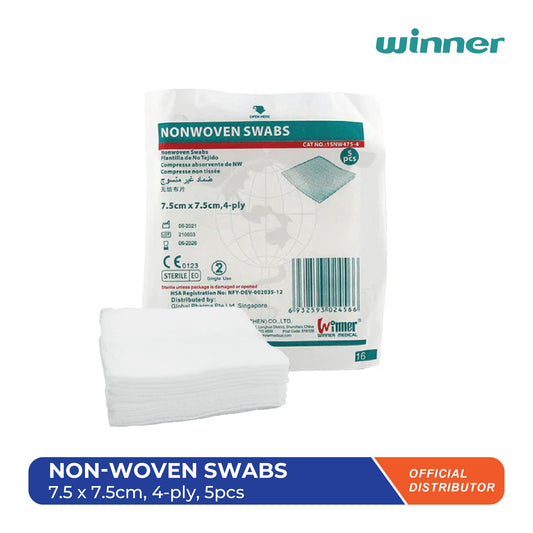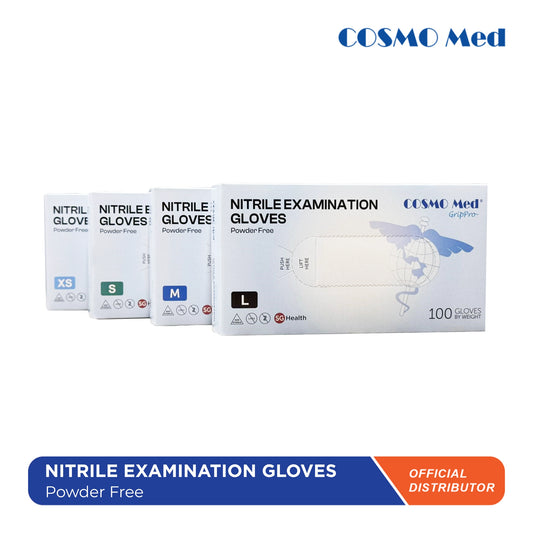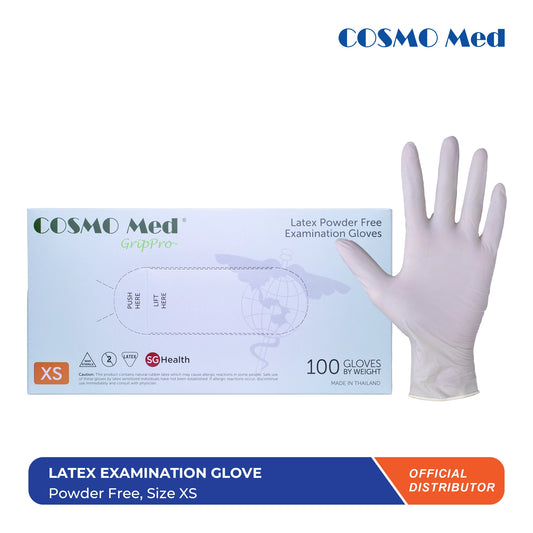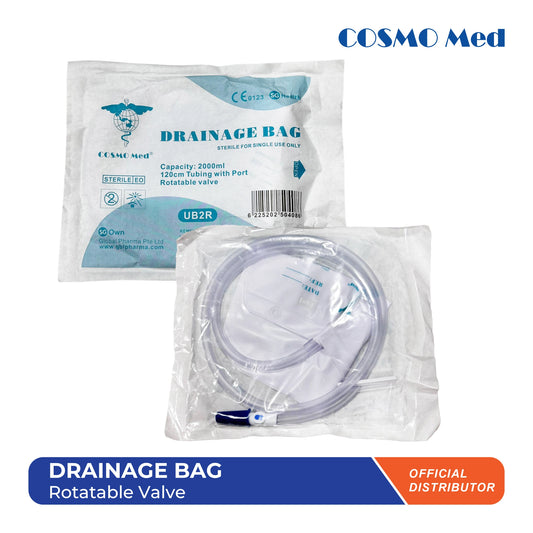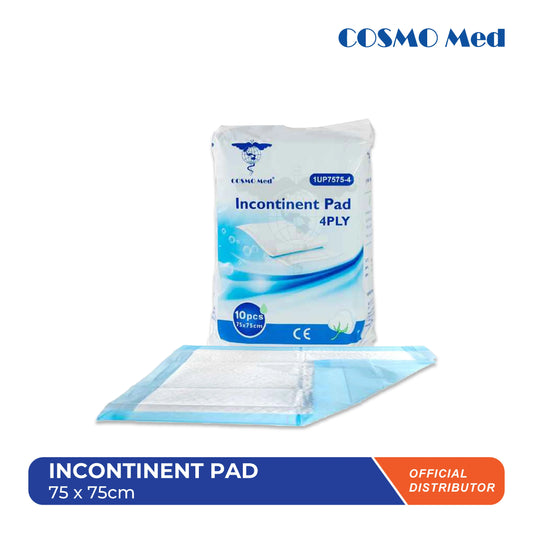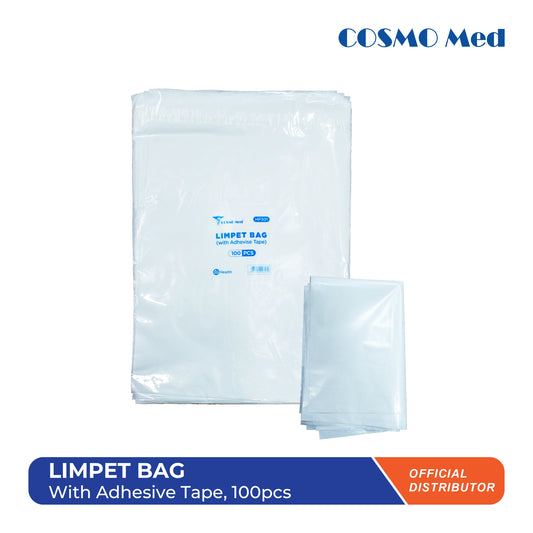Crepe bandage is a soft, elastic bandage typically made from cotton and polyester. It is designed to provide support and compression to injuries , such as fractures, sprains and strains. Commonly used in both medical and everyday settings, its unique elasticity and breathable texture allow the bandage to stretch, making it ideal for wrapping around joints, limbs, and wounds without restricting movement while also improving recovery process, which is why it’s often recommended for minor injuries and rehabilitation.
What Are Crepe Bandages Used For?

Crepe bandages have a wide range of uses. Here are some of the most common applications:
Compression
One of the most common uses of a crepe bandage is to reduce swelling in joints like the knees, ankles, and wrists. The bandage’s elasticity allows for gentle compression, which helps reduce fluid buildup in the injured area, while also promote blood circulation.
Injury Support
Crepe bandages offer light support for muscle and joint injuries. This is especially helpful for athletes or those recovering from physical activity as it helps stabilize the affected area during the healing process, preventing further strain or injury.
Wound Dressing Protection
In first aid, crepe bandage are often used to secure dressings over wounds, ensuring they stay in place and keeps the area sterile and protected from dirt and infection.
Post-Operative Care
After surgery, it is often applied to help minimize swelling and provide compression around the operated area, as this accelerates healing and reduces risks of complications like oedema ( fluid buildup).
Sports and Activity Prevention
Athletes often use crepe bandage as a preventive measure to support muscles and joints to reduce the risk of injury. It is usually placed in their ankles, wrists, or knees during high-impact sports.
Beauty Treatments
It is sometimes used after aesthetic procedures to reduce swelling and provide gentle compression, such as following a body wrap or mud treatment.
Benefits of Using a Crepe Bandage
The benefits of using a crepe bandage are numerous . They provide stability and support, immobilizing injured areas to prevent further damage. The gentle compression helps relieve pain by reducing swelling and improving blood flow, while consistent use promotes proper healing and recovery of the affected area. Made from soft, breathable material, it is comfortable for extended wear and minimize skin irritation. In addition, they are reusable and cost-effective, which allows for multiple uses without losing their elasticity, making them both practical and environmentally friendly.
When Shouldn’t You Use a Crepe Bandage?
While crepe bandages are incredibly useful, they should only be used in certain situations. Here’s some situations where you shouldn’t use a crepe bandage :
- If the injury involves severe bleeding, a crepe bandage should not be used as the primary method of treatment. Instead, use a sterile dressing and professional medical help
- If the wound is open or actively infected, a crepe bandage should not be used as the primary method of coverage. Instead, use a sterile dressing or medical tape
- If the injury shows signs of infection or if you have circulatory problems, consult a doctor before applying a crepe bandage to ensure it won’t exacerbate the condition.
Read Also How to Heal Finger Injuries Quickly with Finger Bandages
How to Use Crepe Bandage

To maximize the benefits of a crepe bandage, it’s essential to use it correctly. Here’s a quick guide on how to apply it:
- Choose the right length and size based on the injury. A larger bandage is ideal for bigger injuries, while a smaller bandage is better suited for joint injuries like wrists or ankles.
- Start wrapping the bandage from the bottom of the injury and work your way up . Start around the calf for ankle injuries or the forearm for wrist injuries. Make sure the bandage overlaps slightly with each turn or about one-third of the previous layer, to provide even compression.
- Make sure that the bandage should be firm and comfortable , but not too tight. You should be able to slip one or two fingers under the bandage without difficulty. If it’s too tight, it could restrict blood flows, potentially worsen the injuries.
- Once the injury is fully covered, secure the end of the bandage using microporous tape or clips to prevent it from unwrapping.
Do’s and Don’ts with Crepe Bandages
To ensure the bandage is both effective and safe, here are some key dos and don’ts:
Do’s:
- Do use a crepe bandage to secure dressings in place and provide support to injured areas.
- Do remove the bandage at night: This allows the affected area to rest and improves circulation. However, if the doctor had advised to keep it while sleeping, make sure to loose it a bit.
- Do use a crepe bandage as part of a comprehensive treatment: Use it in combination with rest, ice, compression, and elevation (R.I.C.E.) for the best recovery outcomes.
Don’ts:
- Don’t apply the bandage too tightly as this can restrict blood circulations
- Don’t leave the bandage on for too long without checking the injury. Remove it if there’s an increase in pain and swelling.
- Don’t use it for deep wounds or severe injuries. It is advised to always consult a healthcare professional for more serious injuries.
Final Thought
Crepe bandages plays a significant role in recovery by providing necessary support and compression, making them invaluable in both injury prevention and rehabilitation. By following proper usage guidelines and understanding their many benefits, crepe bandage remains a helpful addition to your everyday care.
That’s where our Cotton Crepe Bandage comes in! Designed for comfort and breathability, it features two metal clips for secure fastening and is available in four sizes. It’s the perfect solution for anyone seeking reliable support for wound care.



